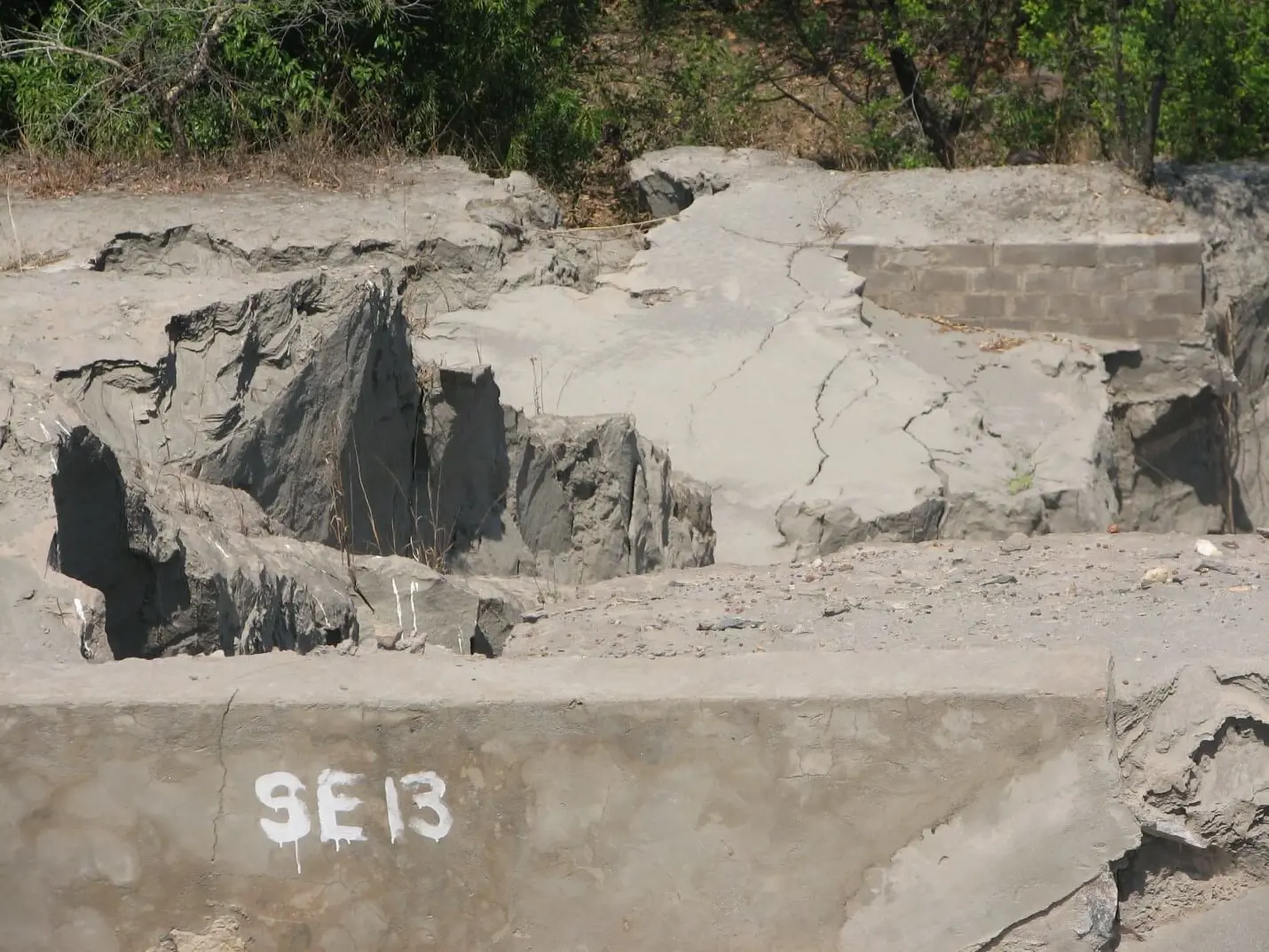Recently SRK was requested to review 15 old tailings dams in Zambia and evaluate the work required to close them. These tailings dams are all located in the tropics, in an area with high annual rainfall and with summer thunder showers that cause high-intensity rainfall events. While the tailings deposition ceased more than ten years ago, not all the tailings dams were closed after the end of the deposition. All are in a state of disrepair, the degree varying from site to site. The lessons learned can be applied to the design of new tailings dam storage facilities (TSF) under similar climatic conditions.
SRK found the outer slopes of the TSFs are badly eroded in all cases where ongoing vegetation establishment was not implemented as the TSFs were developed. Bench penstocks (conduits for conveying or diverting water) and related structures were installed on many of the tailings dams. Where these diversions had failed, severe local damage developed with time; the depth of the erosion gullies exceeded 10m at each pipe break. A major conclusion seems to be that all flow control structures (such as berm penstocks) should either be removed, or these structures must be constructed for a design life spanning both operational and closure time frames.
In all cases where tailings deposition occurred from high ground down towards the outer walls, the outer walls have been breached by stormwater erosion causing severe tailings spills. If this deposition practice is to be used, larger allowances have to be made to establish sufficient freeboard for more adverse storm events than are catered for during the operating design life of a structure and to ensure that the outer walls retain their geometry. The outer wall geometry can be maintained by a cover of vegetation or suitable soil or, failing that, erosion resistant materials. This design requirement has to be considered in conjunction with providing suitable functional spillways.
In most cases, wind and water erosion of the upper surfaces of the tailings dams led to freeboard losses in critical areas, so that the outer slopes were breached in places. The consequences are that side slope erosion is accelerating with time, as more water is able to flow over the crest edges of the TSFs.

